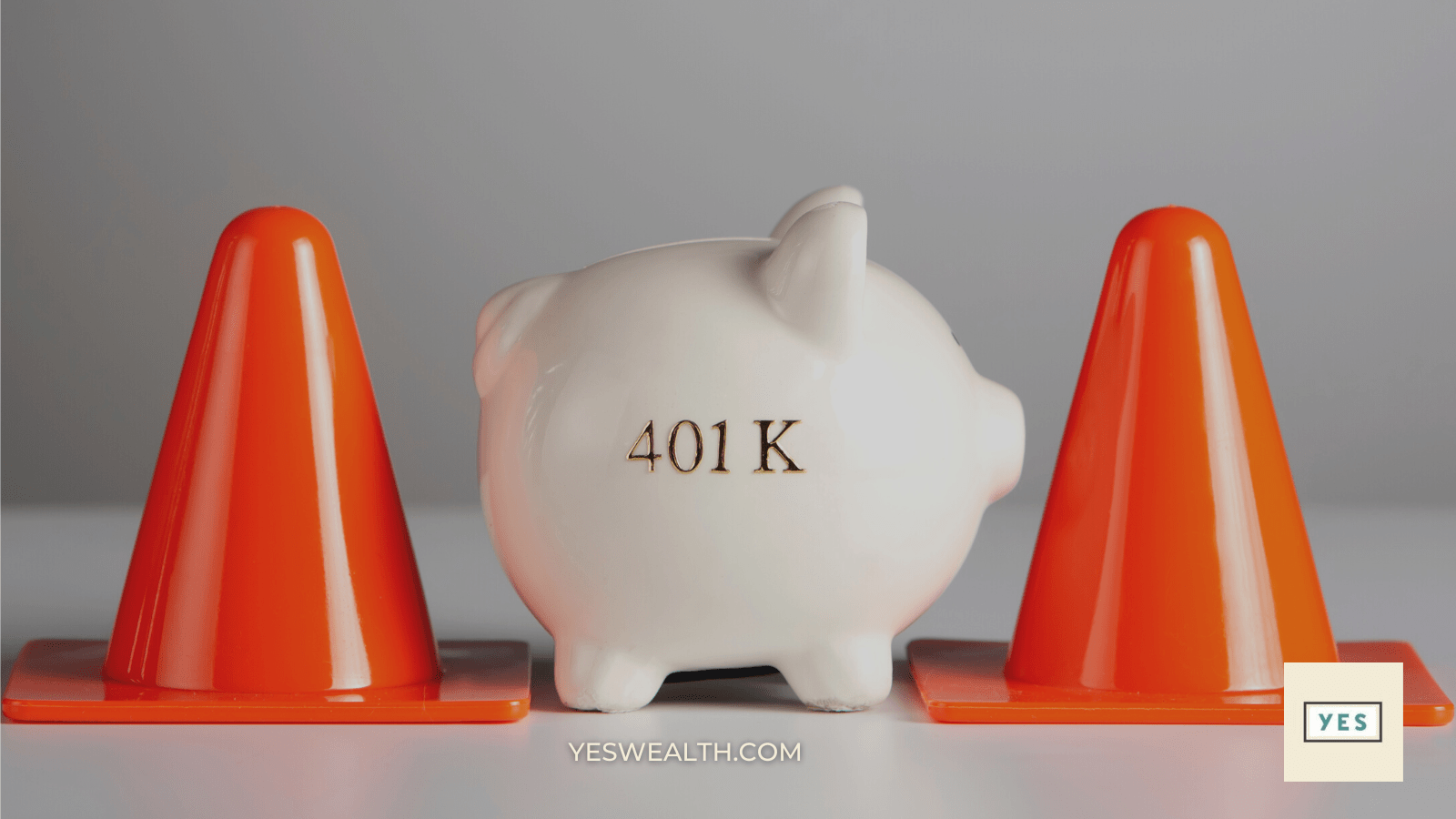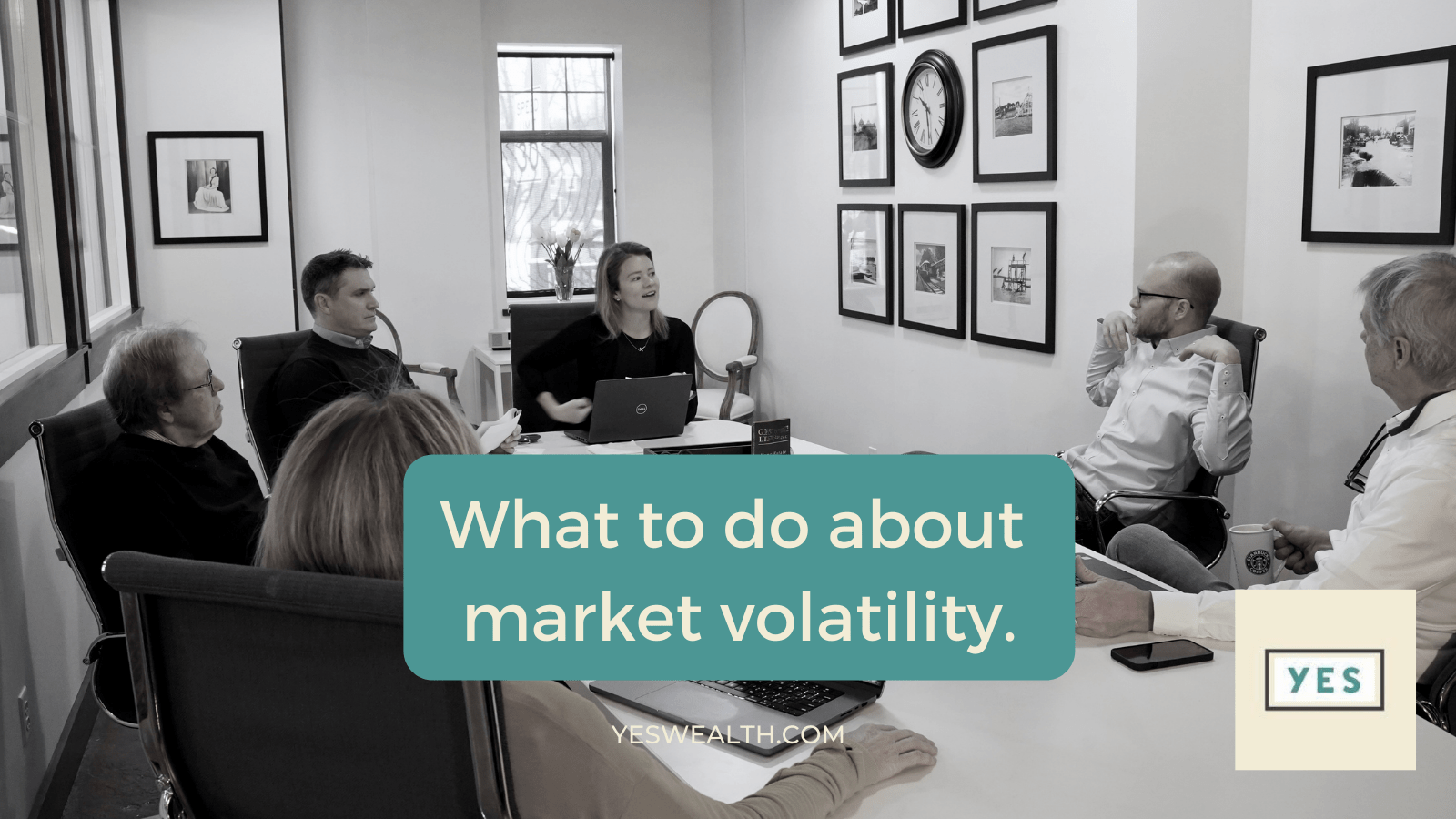Mugged by Reality
by Thomas Schneeweis, Chief Investment Officer
In recent months, we in the financial industry have been increasingly impacted by a set of changing financial conditions and how these changing conditions have impacted our financial investors. Inflation has raised its ugly head and while it seems to be peaking it still remains at a level not seen since the early 1980’s. Investors looking for the stock market as a solid place ‘to park’ their money, have come back to find their ‘stock market car’ without any wheels, missing a spare tire, and out of windshield washing liquid. At the same time, the ‘diversifying’ bond market also lost value as interest rates rose to reflect increasing price levels.
In the past when faced with economic or financial conditions not of my liking, I often tried to look to historical conditions with a similar story and with a historically based solution or at least to find a villain (e.g., Banks and the Crash of 2007) to blame. Unfortunately, a simple review of past financial conditions or villains as a basis for current solutions is often inadequate. When I raise these issues, my brother and co-partner often raises his head from the table and correctly corrects me with a: “So now what are you going to do? I don’t need your problem (e.g., declining stock market, rising interest rates, …) I need your solutions”. He reminds me that being ‘Mugged by Reality’ is not an excuse for denying its existence and not moving forward. Today, we live in a global financial market and unlike in the past, what happens in Europe, Asia or Ukraine has an immediate impact on our markets. Today, new forms of ‘financial instruments such as Futures, ETFs, and Options impact today’s financial products, and reliance on individual stocks or mutual funds are often insufficient and inadequate.
I often hear my financial investment sisters and brothers tell me to rely on the principles of ‘Modern Portfolio Theory’. I point out that Modern Portfolio Theory was initiated in 1952 by Harry Markowitz and is no longer Modern and was centered on individual stocks and bonds. Today we cannot simply give an excuse that we were ‘Mugged by (the new) Reality’ and that our reliance on past solutions proved inadequate. We have to remind our investors that while we know we may not have perfect solutions, we do realize that we live in a ‘World of Post-Modern Financial Theory’ in which simple historical data may be meaningless, and what we should understand are new financial ideas and how we can expect them to work in the new financial world. This is why we at Yes Wealth bring to our clients, solutions that address new ways of providing returns that also manage risk in today’s reality.
In short, financial reality bites especially when it may be in one’s own rear end, but this may also be a good time to get up and to get off it, and move forward into the new financial world of global equity, fixed income, options, futures, private markets, alternative investments, etc. I look forward to meeting you in this new ‘financial’ world’.
Please contact us if you’d like to discuss a plan for you:
Yes Wealth Management:
651-426-5854.












